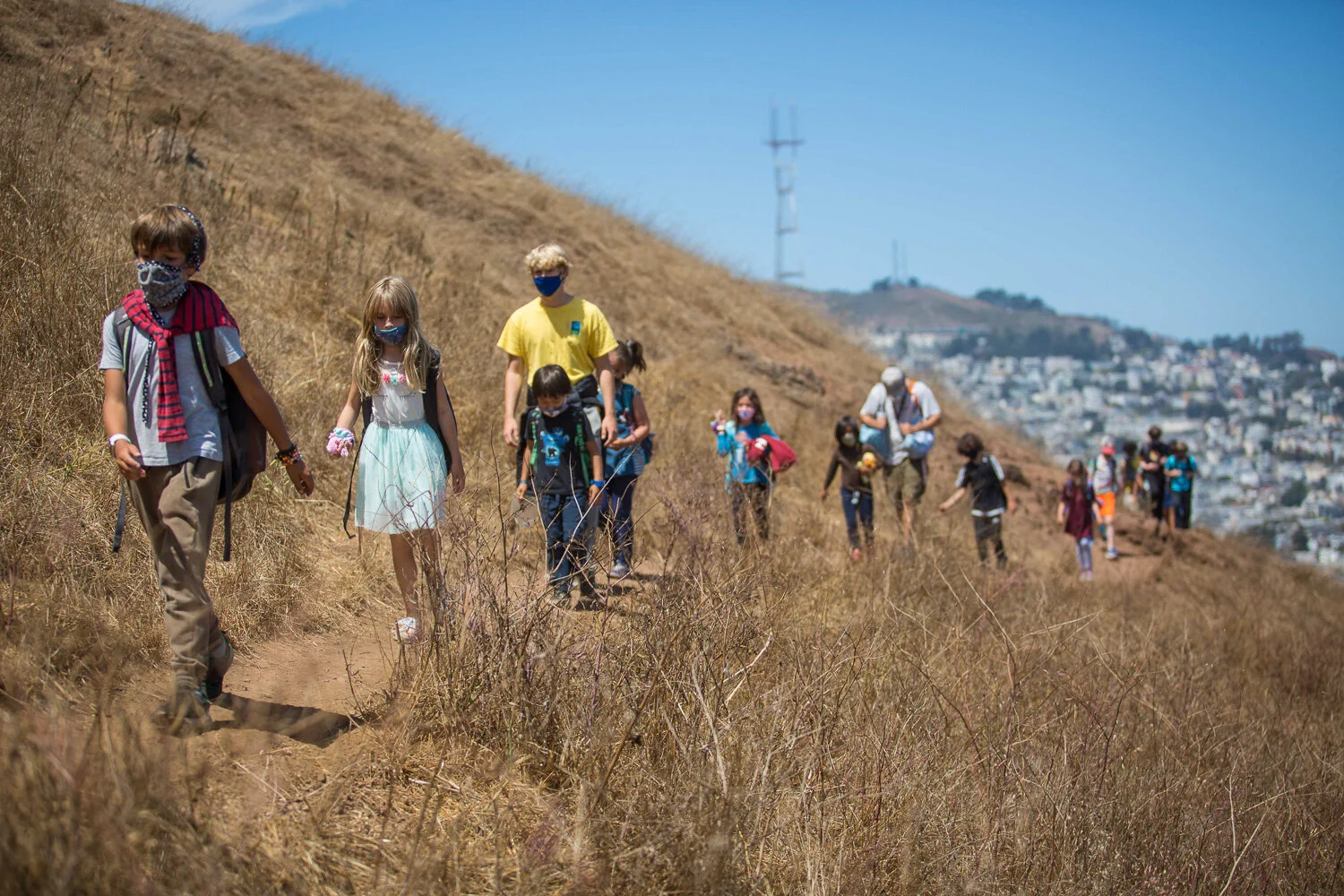Creating a Written Agreement Between a Property Owner and a School District
Parks, public lands, closed streets, and other outdoor spaces offer valuable opportunities to extend learning beyond the school site, into the neighborhood. Using alternative spaces offsite is a particularly useful approach for schools with limited footprints, dense multi-storied classroom buildings, few existing outdoor facilities, or sites at which space is shared by multiple school partners with competing demands. Spaces to be considered might include city or county parks, greenbelts, lawns around public institutions (museums, libraries, public offices, universities), sports fields, public areas near businesses, or even neighborhood streets that are closed to traffic.
Once a relationship between a property owner and school district is proposed, the organizations will likely need to establish a written agreement to formalize their relationship and clarify the responsibilities they are taking on separately and together. To do this, school districts and the agencies they wish to partner with can use an existing agreement, a rental permit, or a Memorandum of Understanding (MOU).
Please click here to see a sample MOU template that is intended as a starting point for partnerships between land managers and their local school districts. It includes the following common terms or conditions:
Usage of Agency Property
Maintenance and Cleaning
Supervision of Students
Outdoor Learning Parameters
Identification and Hold Harmless
Insurance
Dispute Resolution
Notices
Term and Termination
Other terms or conditions by the property owner and/or school district should be added if required.
Considerations for Opening Property to Schools for Outdoor Learning
Maps can be helpful to identify and specify which areas of the property are alright to use and which areas will be out of bounds. (Label the maps with “Yes-Use” and “No-Go” areas.)
It is important to list who is responsible for each set of tasks, what the limitations are, and who bears the costs and liability.
Be sure to discuss parking for teachers, buses, students, and helpers (i.e., aides, parents, visitors).
Be sure to discuss where teachers will be able to securely store their supplies.
Include emergency services.
Bring the local police department and sheriff offices in early to talk with all entities to discuss security.
Include fire and medical personnel in the conversation so they can assist with planning emergency scenarios.
Resources for Further Information
Sample template of a Memorandum of Understanding
Property Manager Guidance for suggestions on how public, private, and non-profit property owners can support schools with outdoor classrooms and address logistics related to funding, accessibility, usage, and more. (Coming soon!)
Assessing Suitability of Potential Outdoor Learning Spaces Offsite provides strategies for evaluating potential offsite locations
ChangeLab’s website includes a wealth of resources related to joint-use agreements.
The Center for Cities and Schools also offers resources on their website related to joint use of school and park lands, and many other topics related to school facilities.
Credits
This article was written by: Briget McArdle, Fairfax County Park Authority; Lisa McPherson, California Park and Recreation Society and LisaMACSolutions; Mikaela Randolph, MPP, Randolph Consulting Group; Tammy Schwab, MS, Fairfax County Park Authority; Felicia Van Stolk, Santa Cruz Museum of Natural History; Betsy Ukeritis, New York State Department of Environmental Conservation
National COVID-19 Outdoor Learning Initiative
The National COVID-19 Outdoor Learning Initiative supports schools and districts around the country in their efforts to reopen safely and equitably using outdoor spaces as strategic, cost-effective solutions to increase physical distancing capacity onsite and provide access to abundant fresh air. The Initiative seeks to equitably improve learning, mental and physical health, and happiness for children and adults using an affordable, time-tested outdoor approach to keeping schools open during a pandemic.










